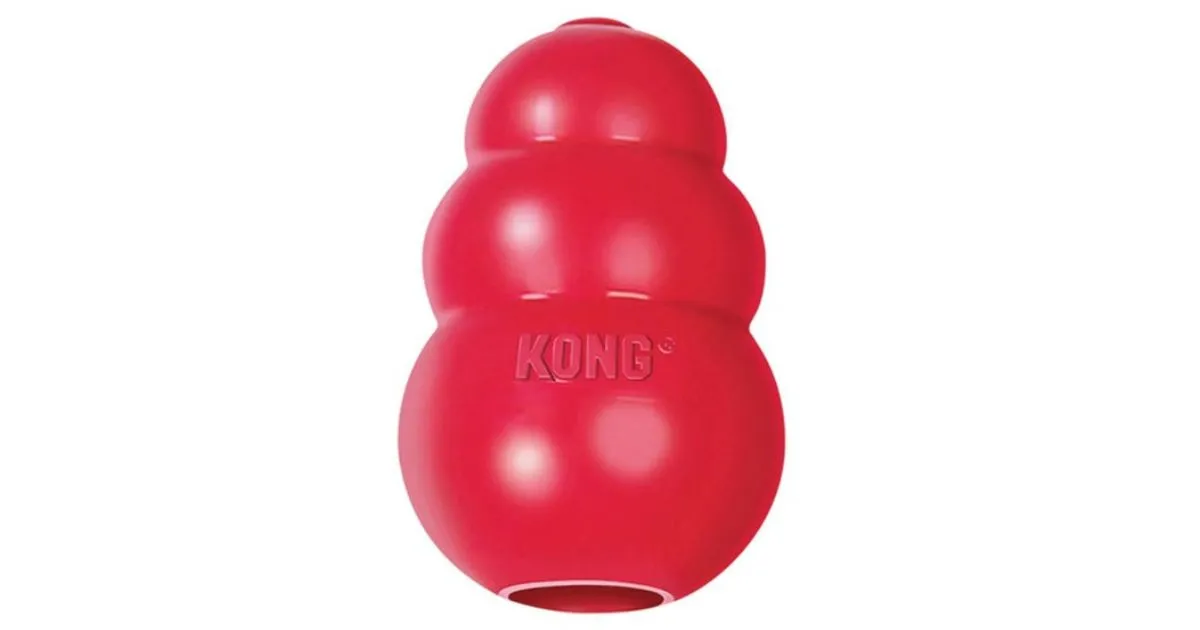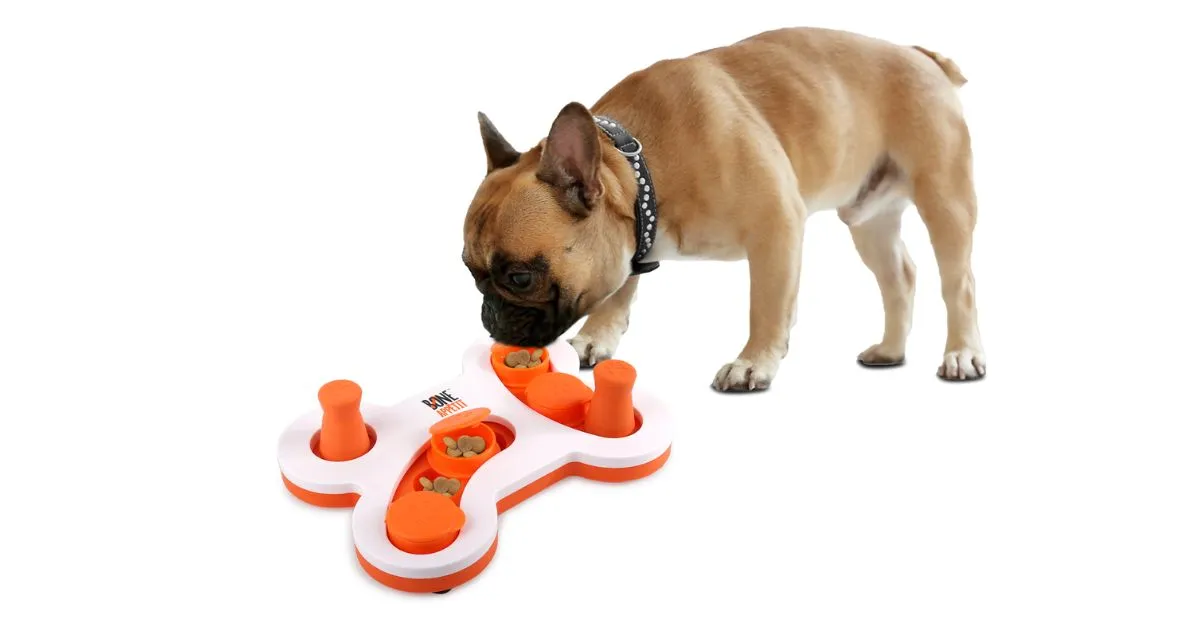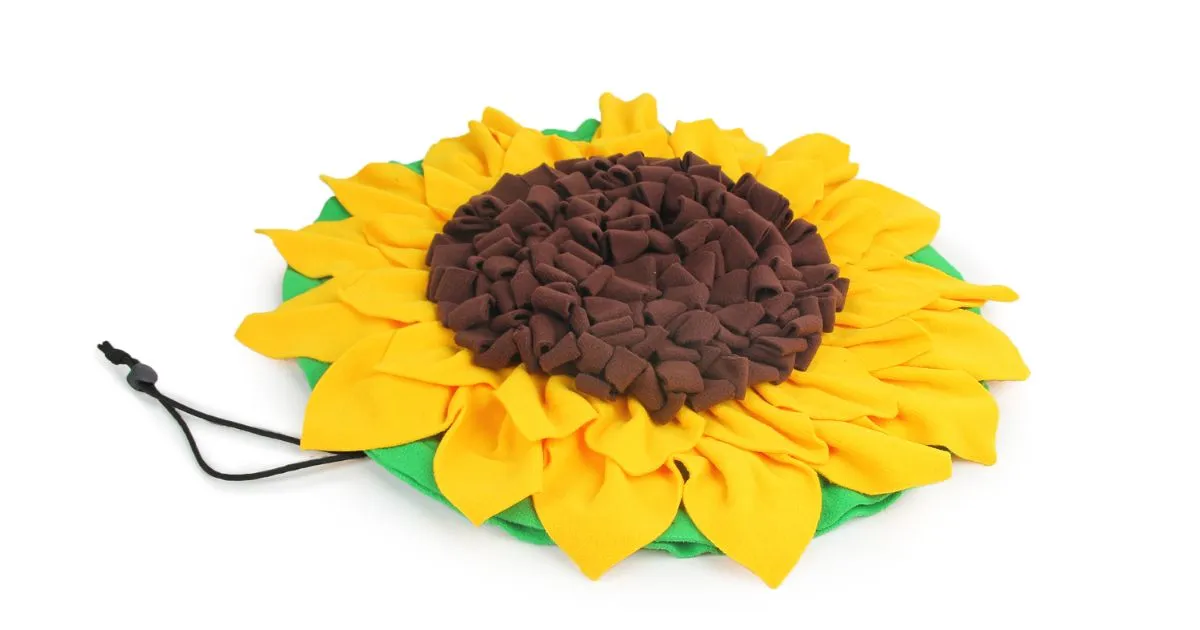As devoted pet parents, we understand the pang of guilt when leaving our canine companions at home for work. The thought of their longing eyes and the worry for their well-being can be heart-wrenching. But don’t despair! There are many ways to keep your furry friend entertained, and one of the most effective is through the use of Chew Toys To Keep Dogs Busy.
These aren’t just any toys; they’re boredom-busting champions that provide mental stimulation, physical activity, and endless fun. Prepare to witness your dog’s excitement as we explore a curated selection of engaging chew toys and other enriching options, transforming their solo time into a delightful adventure.
Understanding the Need for Chew Toys
The quest to keep your dog busy and entertained while you’re at work is a common challenge. The key is selecting toys designed specifically to address their needs, such as engaging chew toys that cater to their natural instincts. Chewing is a natural behavior for dogs, and providing appropriate outlets for this behavior can prevent destructive chewing on furniture or other household items. Beyond the chewing, toys offer mental stimulation which prevents boredom.
The Power of Chew Toys
Chew toys are not just about keeping your dog occupied; they play a crucial role in their overall well-being:
- Mental Stimulation: Many chew toys are designed to challenge your dog mentally, requiring them to problem-solve to access treats or simply explore different textures and shapes.
- Dental Health: Chewing on appropriate toys can help clean your dog’s teeth and massage their gums, promoting good dental hygiene.
- Anxiety Relief: Chewing can be a calming activity for dogs, helping to reduce anxiety and stress when they’re alone.
- Preventing Destructive Behavior: By providing appropriate chew toys, you can redirect your dog’s chewing instincts away from your belongings.
Top Chew Toy Options to Keep Dogs Busy
With so many chew toys available, it can be difficult to choose the right ones for your dog. Here’s a breakdown of some of the most popular and effective options:
Durable Rubber Chew Toys
Made from tough, non-toxic rubber, these toys can withstand heavy chewing and provide long-lasting entertainment. Look for toys with interesting textures and shapes to keep your dog engaged.
Rope Toys
Rope toys are great for chewing and playing tug-of-war. The fibers can also help clean your dog’s teeth as they chew. Choose rope toys made from durable, natural fibers.
Treat-Dispensing Chew Toys
These toys combine the fun of chewing with the reward of treats. Your dog will have to work to get the treats out, providing mental stimulation and keeping them occupied. A treat-hiding toy offers another layer of mental engagement by combining playtime with snack rewards. Dogs need to determine how best to release the hidden goodies from within these durable dog toys – providing both cognitive exercise and tasty motivation.
 KONG Classic
KONG Classic
The KONG Classic dog toy can be filled with food and treats for your dog to spend time trying to retrieve but also bounces unpredictably during playtime providing both physical exercise and cognitive engagement simultaneously.
If you’re looking for chew toys for dogs that are heavy chewers, consider investing in durable rubber or nylon toys specifically designed for power chewers.
Interactive Puzzles
Toys that offer interactive puzzles are an excellent way to engage your pup mentally. These toys often hide treats, challenging dogs to figure out how they’ll get their paws on the prize. This mental workout keeps them focused and less likely to miss their human companions while they’re away at work.
 All For Paws Bone Appetit Flip
All For Paws Bone Appetit Flip
The Bone Appetit Flip’N’Slide is a challenging puzzle toy that offers moderate levels of difficulty, making it suitable for dogs of all skill levels.
Fetch Toys
Fetch toys are a great way to entertain your dog while you’re at work. They stimulate their physical and mental energy, providing a healthy outlet for their natural instincts. With interactive fetch toys, your furry friend can play and stay active, reducing boredom and anxiety during your absence.
Scented & Tracking Games
Dogs possess an incredible sense of smell – significantly more powerful than humans. Tracking games and treat-hiding toys utilize this natural ability offering endless entertainment as pups sniff out concealed treasures.
 All For Paws Dig It Sunflower Sniffer Mat
All For Paws Dig It Sunflower Sniffer Mat
The All For Paws Dig It Sunflower Sniffer Mat provides a playful way to hide dog food and fulfil your dog’s natural foraging instinct to keep them busy while you are at work.
If you’re looking for best natural chews for aggressive chewers, consider options like antlers or bully sticks.
Choosing the Right Chew Toys for Your Dog
When selecting chew toys, keep the following factors in mind:
- Size: Choose toys that are appropriately sized for your dog to prevent choking hazards.
- Durability: Consider your dog’s chewing style and choose toys that can withstand their chewing habits.
- Material: Opt for non-toxic materials that are safe for your dog to ingest in small amounts.
- Interests: Observe your dog’s play preferences and choose toys that they find engaging and enjoyable.
If you have a puppy, consider investing in toys for puppies to chew on specifically designed for their teething needs. For Lab puppies, look for the best chew toys for teething lab puppies. And for larger breeds, make sure to choose the best chew bones for large dogs.
Tips for Introducing Chew Toys
- Supervise your dog: When introducing a new chew toy, supervise your dog to ensure they’re using it safely.
- Rotate toys: To keep your dog interested, rotate their chew toys regularly.
- Clean toys: Clean chew toys regularly to prevent the buildup of bacteria.
- Replace damaged toys: Discard any chew toys that are damaged or broken to prevent choking hazards.
Beyond Chew Toys: Other Ways to Keep Your Dog Busy
While chew toys are a great way to keep your dog busy, there are other things you can do to enrich their time alone:
- Provide a comfortable space: Make sure your dog has a comfortable bed or crate where they can relax.
- Leave on background noise: Consider leaving on a radio or TV to provide background noise and reduce anxiety.
- Hire a dog walker or pet sitter: If possible, hire a dog walker or pet sitter to come by during the day to give your dog some exercise and attention.
- Consider doggy daycare: Doggy daycare can be a great option for social dogs who enjoy playing with others.
FAQs about Best Toys to Keep Dog Busy While at Work
How can I keep my dog entertained while I’m at work?
Invest in interactive toys, puzzles, and treat-dispensing toys to keep their doggy brains occupied. Regularly rotate these to maintain your pup’s interest.
What toys will keep a dog busy for hours?
Durable chew toys, puzzle feeders, and mentally stimulating games are great options that can occupy dogs for extended periods.
How do I keep my dog entertained during the day?
Apart from engaging toys, consider playtime before you leave, a midday dog trainer or pet sitter visits, or even doggy daycare.
What do people do with dogs while at work all day?
Most pet parents leave their dogs at home ensuring they have food and water, comfy dog beds, and leave entertaining and safe toys out. Some dog owners invest in interactive pet cams to allow them to check on their dogs remotely.
The Takeaway
Finding the right chew toys to keep dogs busy while you’re at work is essential for their happiness and well-being. By providing them with stimulating and interactive toys, you can transform their alone time into moments of joy and mental exercise. Whether it’s challenging puzzle games, durable chew toys, or interactive treat-dispensing gadgets, these toys will keep your canine companion entertained and content throughout the day. By investing in their playtime, you’ll be rewarded with a tail-wagging, excited welcome each time you return home. We understand how important it is to keep your pet happy, healthy, and entertained even when you’re not around. So if you are looking for the best toys to keep your dog busy while at work, you will find great pet care products at Zach’s Pet Shop!
